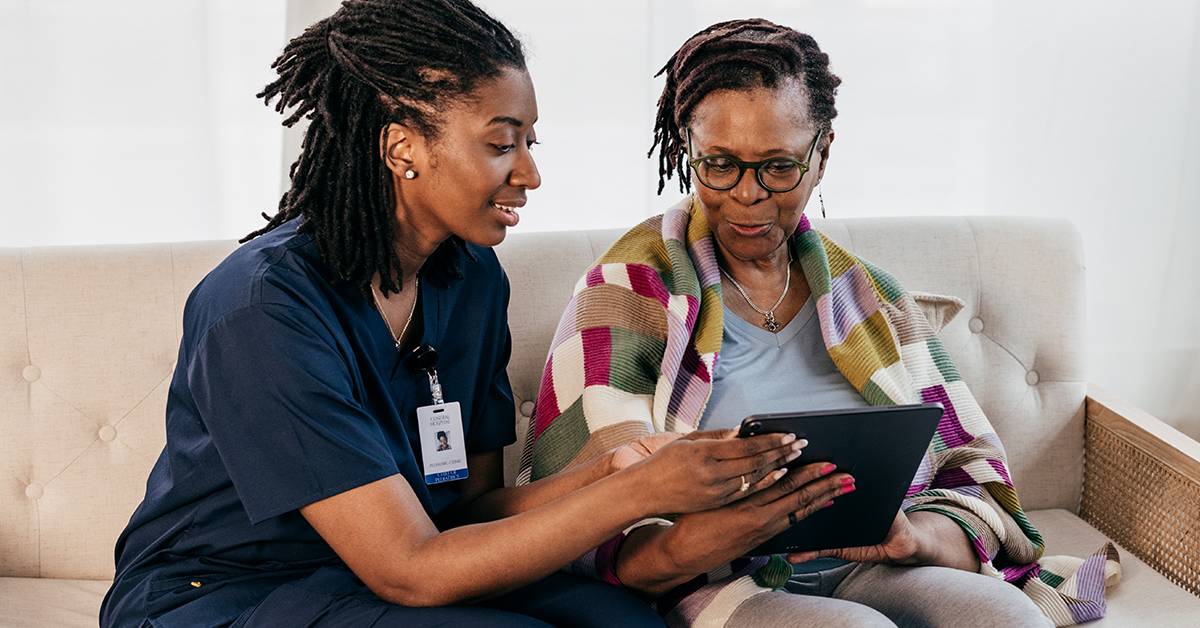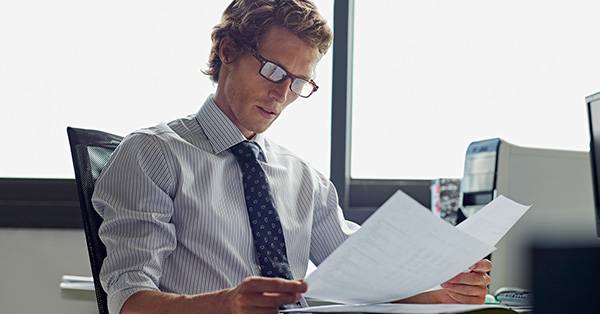- Solutions
- Solutions
- Home Health
- Hospice
- Life Plan Community
- Palliative Care
- Private Duty
- Senior Living
- Skilled Nursing
- Skilled Nursing
- Skilled Nursing Software
- Advanced Insights
- Customer relationship management
- Data and analytics
- Financial & operations management
- Marketing
- Nutrition management
- Referral management
- Regulatory compliance
- Retail management
- Resident engagement
- Revenue cycle management
- Skilled nursing interoperability
- Partners
- Blogs
- Resources
- About
- User Conference

Why revenue cycle management (RCM) matters
Home health and hospice organizations do important work. But to function properly and continue providing their valuable services, they need cash flow and accurate, timely billing.
For these organizations to grow and thrive, and to ensure they can pay staff and bring on new services, they must collect on the claims billed. This also helps them provide the best patient care possible.
That’s why effective revenue cycle management (RCM) has become critical in today’s environment, especially as inflation and wage pressures continue to compress margins. Here are a few of the RCM challenges providers face:
Finding qualified billers: Providers often have limited options to back them up due to absences or turnover.
Manual claims confirmation: Delayed or ineffective monitoring of payor holds can necessitate a manual and tedious process of checking the patient record or lead to denied claims or audits.
Interdepartmental communication gaps: Sometimes hospices miss essential steps because multiple teams think another team will handle an issue. This often becomes an issue between clinical teams believing a task is a billing function, while billing assumes a clinical task belongs with clinical.
Billing and coding errors: These can put providers at risk of botching regulatory compliance and/or reduce reimbursement and increase denied claims.
Interrupted cash flow: When cash flow is stalled for extended lengths of time, the agency’s cash flow is negatively impacted.
To gauge the effectiveness of RCM, home health and hospice providers should manage five key performance indicators (KPIs):
- Accounts receivable aging parameters (billed AR): The process of sorting unpaid claims by their due dates, which helps agencies determine which bills are overdue for payment.
- Unbilled accounts receivable parameters: The amount of revenue that is recognized but not yet realized — money the organization has earned but not yet billed.
- Collection percentage: The percentage of an agency’s claims that have been paid — ideally in the vicinity of 95-97% for initial claim billing.
- AR days or “Days Sales Outstanding” (DSO): An accounting metric that measures the average number of days needed to receive payments after the claim is filed.
- Write-off percentage: The percentage of claims on which the hospice is unable to collect.
These KPIs are linked to cash collection, including measurements of the speed and accuracy of payments, as well as any issues that could lead to claims denials — which is why monitoring them helps organizations avoid the most common RCM pitfalls.
With the right EHR technology, providers can optimize and measure the success of their RCM processes.
Request a consultation to see how MatrixCare can help you take control of your RCM.
See what MatrixCare can do for you
Rachael Feeback
Rachael is an accomplished accountant with over 15 years of experience in the healthcare and software industries. She started her career as an Accounting Manager on the Provider side and later specialized in EMR healthcare technology services, driving process improvements for home health and hospices. Rachael’s passion for healthcare lies in her commitment to taking care of the smallest details, enabling care teams to provide exceptional patient care. She has a track record of leading high-profile clients with compassion and expertise. Rachael holds a Bachelor of Arts in Accounting with a minor in Global Studies from Drury University, Springfield, MO. She resides in Rogersville, MO, with her husband, Mark, and their daughter, Taellor.
Related Posts

See MatrixCare in action
Start by having a call with one of our experts to see our platform in action.
MatrixCare offers industry-leading software solutions. Thousands of facility-based and home-based care organizations trust us to help them improve efficiency and provide exceptional care.
© 2025 MatrixCare is a registered trademark of MatrixCare. All rights reserved.







